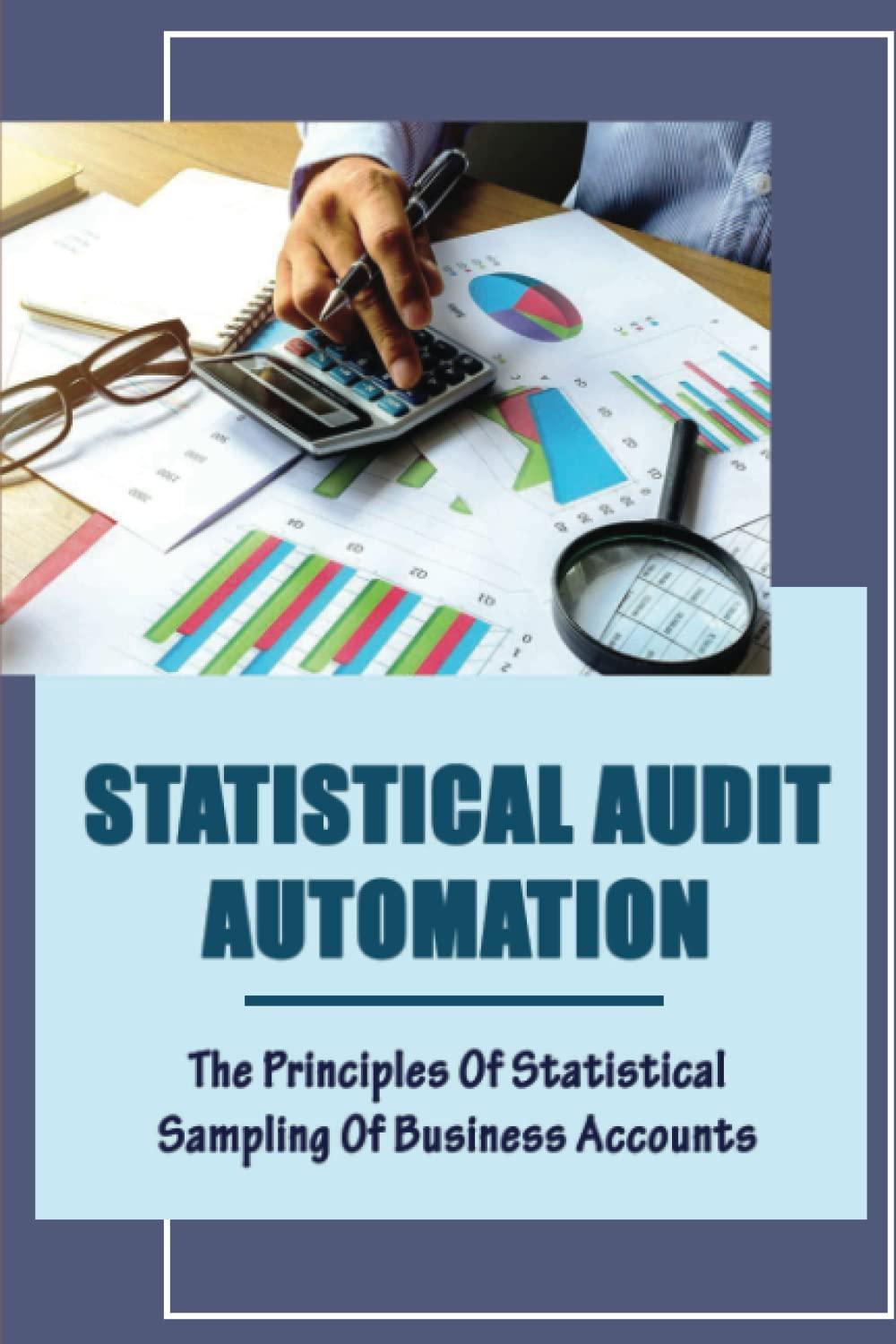Question
This discussion has 2 parts: After reading the Ethical Issues box on page 330 of the required text, devise a plan that will minimize or
This discussion has 2 parts:
After reading the Ethical Issues box on page 330 of the required text, devise a plan that will minimize or reduce the impact of these cash flow estimation biases on effective decision-making.
The CFO of a firm you just started working for claims we always have, and always will, use the weighted average cost of capital (WACC) as the rate to discount future expected cash flows from our proposed capital budgeting projects. What do you think of this strategy.
Read section 11-4, pages 399 404 in the required text carefully.
Submission Instructions:
Your initial post should be at least 200 words, formatted and cited in current APA style with support from at least 2 academic sources. Your initial post is worth 8 points.

340 Part bi The Capital leveumret Decisish ETHICAL ISSUES Cash Flow Estimation Biases The estimation of the cash fows assoclated with an Second, some firmu tie employee compensation to imesiment project is the most important atep in the performance relative to stated objectives - a compeneapial expendiure evaluation process. If the cash sation scheme often called manogement by abjecrive. flow estimates associated with a proiect are inten-. If a manager is confident that the best easimate of the tionally or unintentionally biased, a firm's resourses cash flows frem a proposed project is sutficienthy are unlikely to be alocatad to the set of imvestment large to guarantee project acceptance, the manager projects thet wil maximive shareholder wealth. Imay be lempted to reduce these cash flow estimates There are several reasons why managers might to a level belew the "most fiely autcome" level, cenproduce biased cash flow estimates when preparing fident that the proiect will contirue to be viewed as an capital expenditure project proposals. First, a mangoer acotptable investment and that it will be funded. Howmigh be tempted to ovaresilmate the reverues or tver, ance the project is under way, the peojact manunderestimate the costs associated with a project if ager will foel less pressure to meet projected the manager is anterpting to expand the resource performance standards. The dowmward bias in the base cver which he or she has controL. By biasing the cash fow estmates provides a cushica that permits estimates of a project's cash flows upward, a mankger sutoplital management of the projest while achievis bikely to recelve a larger share of the imvestment ing the objectives enunciated when the peoject was resources of the firm. Because mansgerial compensa- first propesed. tion is sometimes sed bo the apen of job resgensibili- What impact dost insentionally biasing cash flow ties, managers may be ternpted to expand this span of estimates for investment projects have on achieving eontrel at the expense of other aseas in the firm. the goal of stureholder wealith masimkation? the success of the firm. A survey suppoets this conclusion and peovides considerable insight regarding the cash flow estimation procelures ased by larger firms (Fothes 500 ). 13 The majority of the firms reponding to the survey had annual capilal budgets of more than $100 million. Nearly 67 percent of the firms prepared formal cash flow estimates for over 60 percent of their annoal capital outlrys, and a majority producod detailed cash flow propections for capital investments requiring an initial cutlay of \$40.000 or more. Firms with high capital inlensily and high leverage were more likely to have one or more persons, such as a financial analyst, treasurer, controller, or department managor, designated to oversee the process of cash flow estimation. This reflocts the larger number of projects ascociated with capital-intensive firms and the necd to ellectively manage the risk aswoiated with high leverage. When asked about the type of cash flow ntimates that were gracrated, 56 per*ent indicated that they used single-dollar estimates, 8 percent asod a range of estimates, and 36 pereent used hoth single-dnllir estimates and a range of etimates. There was a significant positive correlation between firns that use both types of estimates and nsea sures of operating and financial risk, saggrting that the use of a range of ntimates as one procctare for managing high risk. Forecasting methods employed by the recpondent firms included eabjoctive cstinates froen management, sensitivity analysix, consenses analysis of expert opinions, and com pater simulation. Many farms used mullaple cask thow forecastieg tenhnicques. The botper the forceasting horizon-that is, the longer the economic life of the propet-the anore likely a firm is to wee multiple methods for forecauing futare cach flows
Step by Step Solution
There are 3 Steps involved in it
Step: 1

Get Instant Access to Expert-Tailored Solutions
See step-by-step solutions with expert insights and AI powered tools for academic success
Step: 2

Step: 3

Ace Your Homework with AI
Get the answers you need in no time with our AI-driven, step-by-step assistance
Get Started


